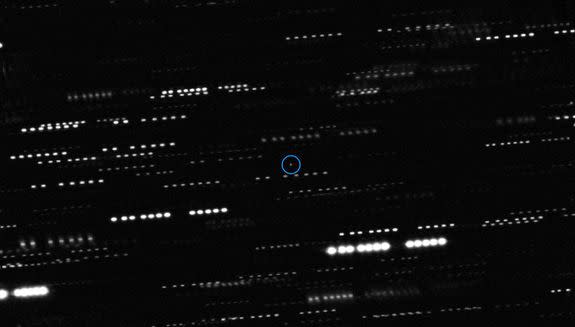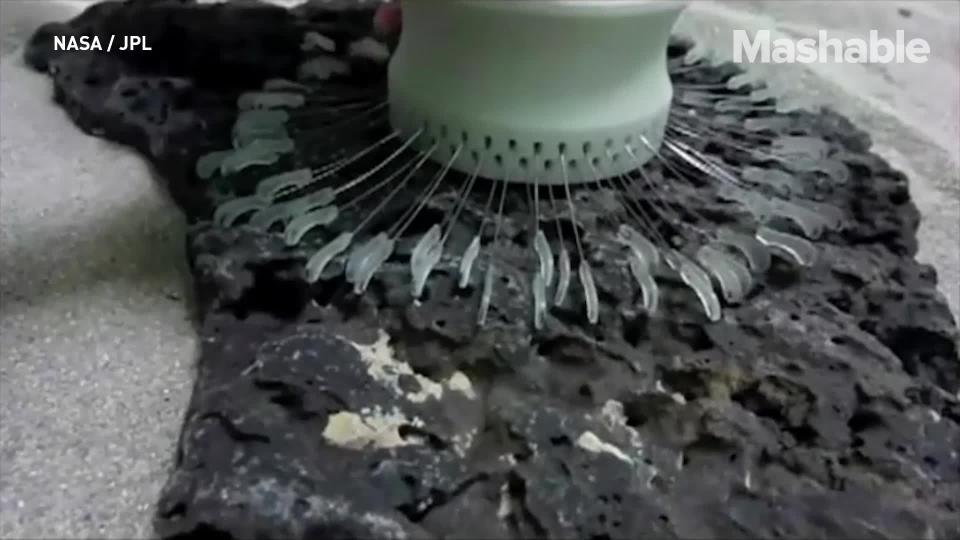An interstellar asteroid has been studied for the 1st time... and it looks really odd

In October, astronomers using a powerful telescope in Hawaii caught sight of something they'd never seen before: an asteroid from interstellar space hurtling through our solar system.
Now, about a month later, we have some sense of what that far-flung object looks like, and it's unlike anything we've seen in our solar system.
According to a new study published in the journal Nature this week, the asteroid, named `Oumuamua, is "about 10 times as long as it is wide, with a complex, convoluted shape," Karen Meech, an astronomer with the Institute for Astronomy in Hawaii, said in a statement.
SEE ALSO: Researchers may have found an interstellar comet in our solar system
`Oumuamua, which is the first interstellar visitor of its kind to be seen by Earthlings, appears to have come from the general direction of where the Vega star system is now. This fact should make any space nerd squeal with glee as it's the same star featured in the novel and movie Contact.
Unfortunately, Vega wasn't actually in that part of the sky when the asteroid was there 300,000 years ago, according to the European Southern Observatory.

Image: ESO/K. Meech et al.
"We also found that it has a dark red color, similar to objects in the outer solar system, and confirmed that it is completely inert, without the faintest hint of dust around it," Meech, one of the authors of the new study, added.
The asteroid appears to be about 1,312 feet, or 400 meters, long, meaning that if you stood it up on its end, it would be just slightly shorter than the Empire State Building.
Initially, scientists thought that `Oumuamua was a comet, but the new observations appear to confirm that it is, in fact, an asteroid.
"The name, which was chosen by the Pan-STARRS team, is of Hawaiian origin and reflects the way this object is like a scout or messenger sent from the distant past to reach out to us (ʻou means reach ou for, and mua, with the second mua placing emphasis, means first, in advance of)," according to the Minor Planet Center.
`Oumuamua also seems to be pretty dry, according to the new data. The asteroid doesn't seem to play host to much ice or water, but it could be rocky or metallic. Its red color comes from being bombarded by radiation during its millions of years wandering the Milky Way through interstellar space.
“We are continuing to observe this unique object, and we hope to more accurately pin down where it came from and where it is going next on its tour of the galaxy," Olivier Hainaut, an astronomer who also contributed to the research, said in the statement.
Scientists anticipate that there will be more interstellar asteroids and comets to look out for. "And now that we have found the first interstellar rock, we are getting ready for the next ones,” Hainaut said.
According to the European Southern Observatory, an interstellar asteroid probably flies through our solar system about once per year, however, we haven't seen them until now due to their extremely fast speed and faint appearance.
Safe travels, `Oumuamua, hope to see you around these parts again someday.
WATCH: NASA designed grippers that can lift celestial rocks in microgravity


